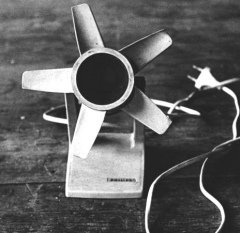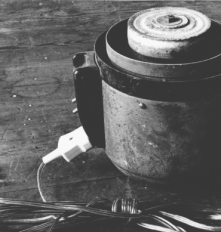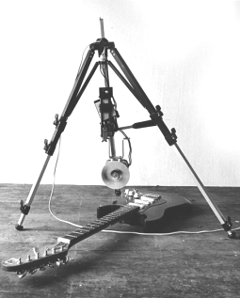The Machines
IAAA Music Department
Institute of Artificial Art Amsterdam
The MachinesTwice strings on overstrung guitar constant speed (high) |
|
|
|
|
|
The Machines don't like emotion. The Machines don't like expression. The Machines don't think. The Machines play loud. No electronics. |
The Machines are: Machine #1, Machine #2, Machine #3, Machine #4, Machine #5, Machine #6. They play several kinds of amplified guitars and percussion. The Machines first performed in 1966 and 1967, when they took part in the "concerts without neglected parameters" by The New Electric Chamber Music Ensemble, together with artists and musicians such as Remko Scha, Toon Prüst, Piet Verdonk, Rik Seur, Moniek Toebosch and Willem Breuker. New Electric played most of the main Dutch art museums, rock clubs and jazz venues during that period. After many years underground, The Machines formed their own band in the late seventies, stimulated by the development of the punk and no wave scenes in London and New York. In this new line-up, they played an emerging avant-garde circuit which has ramifications from New York (TR3, A's) to Eindhoven (Poort van Kleef, Baarsstraat Fabriek).
|
|
 Machine #1: Fan Motor.  Machine#3: |
|
|

Machine #2: |

Machine #5: |
|
|
||